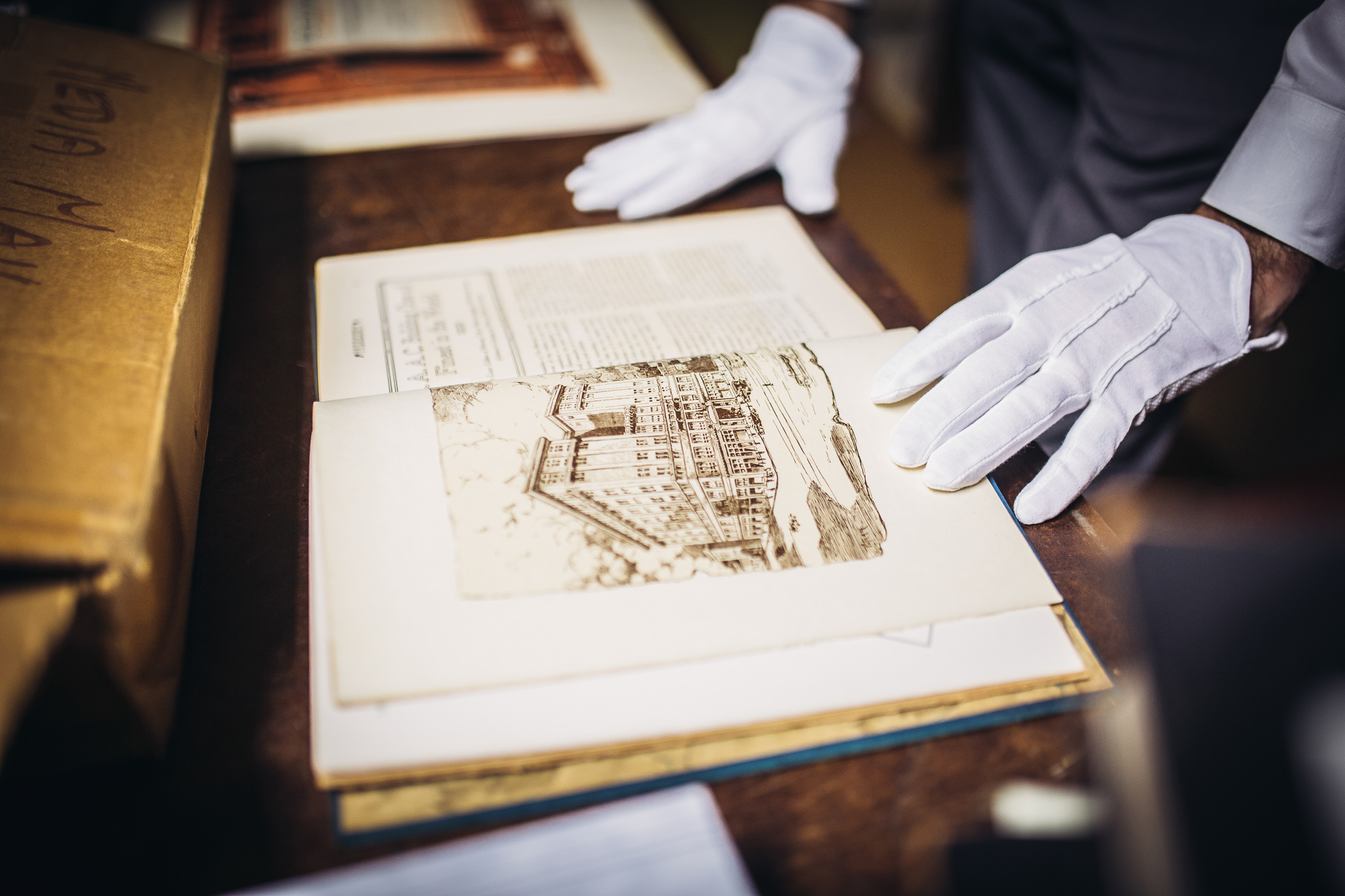History
Discover legendary athletics facilities in a welcoming and inclusive environment. For over a century, LAAC has been home to champions like you. Hone your skills, explore new passions, and find community. LAAC is dedicated to nurturing your well-being, creativity, and sense of belonging.
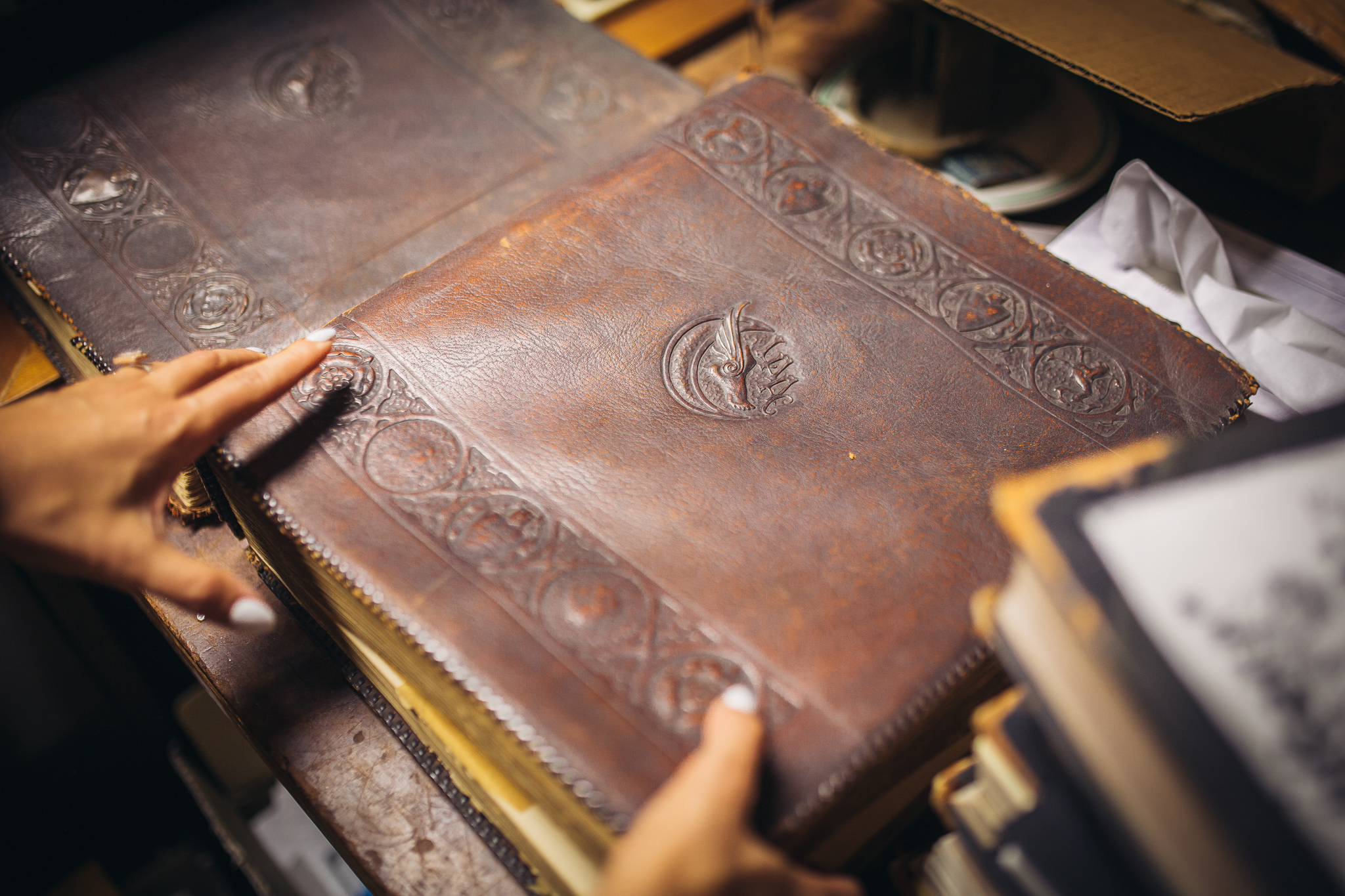
The Los Angeles Athletic Club (LAAC) was the city’s first private club. Founded in 1880, when Los Angeles was a town of only 11,000 people and the preferred mode of travel was the stagecoach, LAAC joined a downtown core of businesses that included saloons and shooting galleries. Forty prominent Angelenos—sons of the pioneers, adventurers and athletes all—gathered in Frank Gibson’s law office to create an American style club for the “best young men” of the community. Ladies were welcome at social events and exhibitions. The initiation fee was $5 and monthly dues were $1. LAAC’s first president was Colonel James B. Lankershim, whose family owned a large portion of the San Fernando Valley.
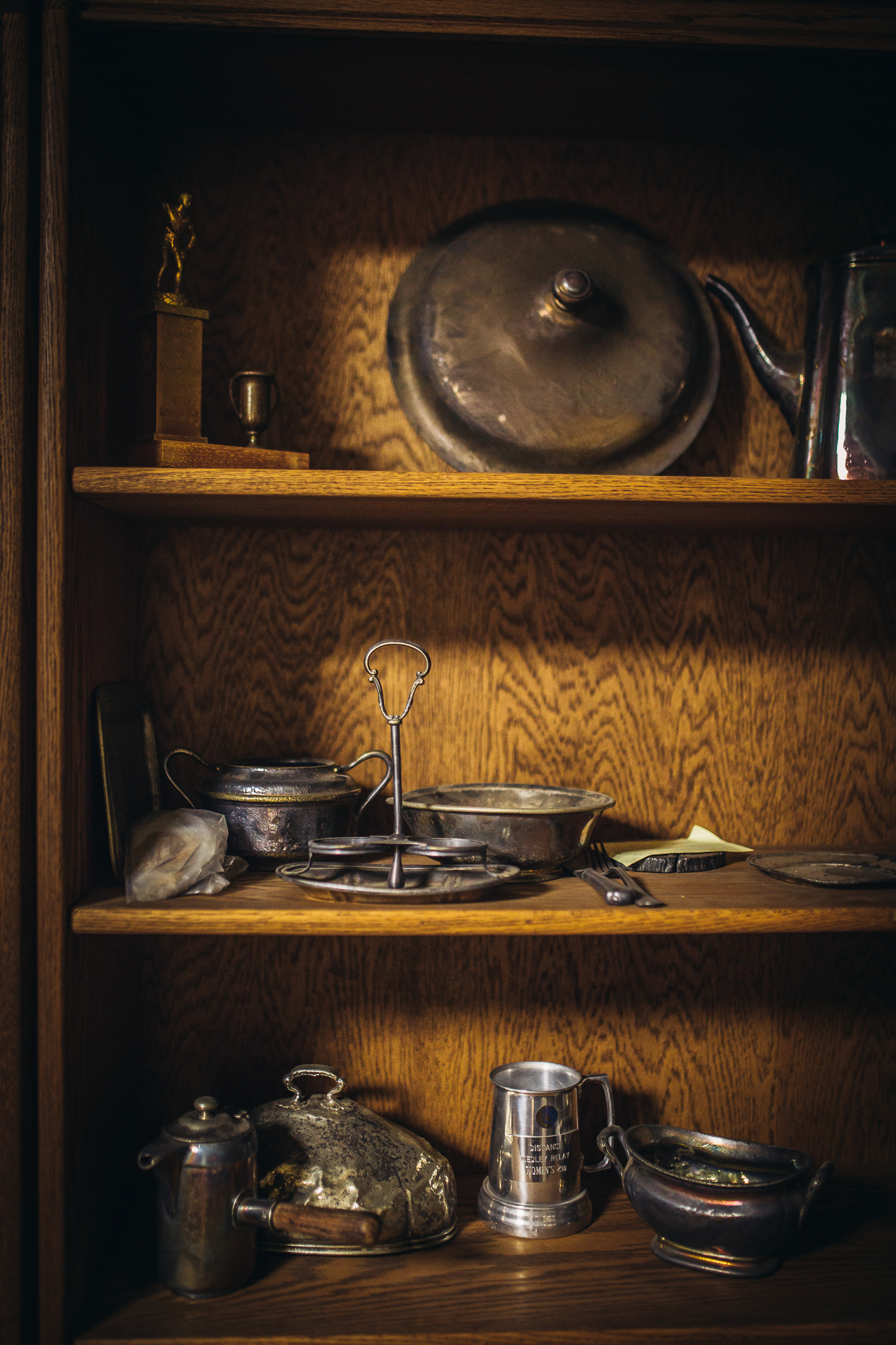
The 1890s ushered in the era of the “Boosters,” an influential group of business giants who turned Los Angeles from a bustling town into a thriving metropolis. Their varied business ventures converted Southern California from a sleepy land of orange and lemon groves into an agricultural and industrial empire. The Boosters accumulated huge personal fortunes, were active in civic life, and were devoted members of LAAC. Members among those in the top echelon were Colonel Otis and Harry Chandler of the Times publishing empire; railroad tycoons Eli Clark, Moses Sherman, and Henry Huntington; oil men Edward L. Doheny and Charles Canfield; Senator Stephen White, sponsor of San Pedro as a major port; and Mayor Fred Eaton, father of the Owens River Aqueducts.
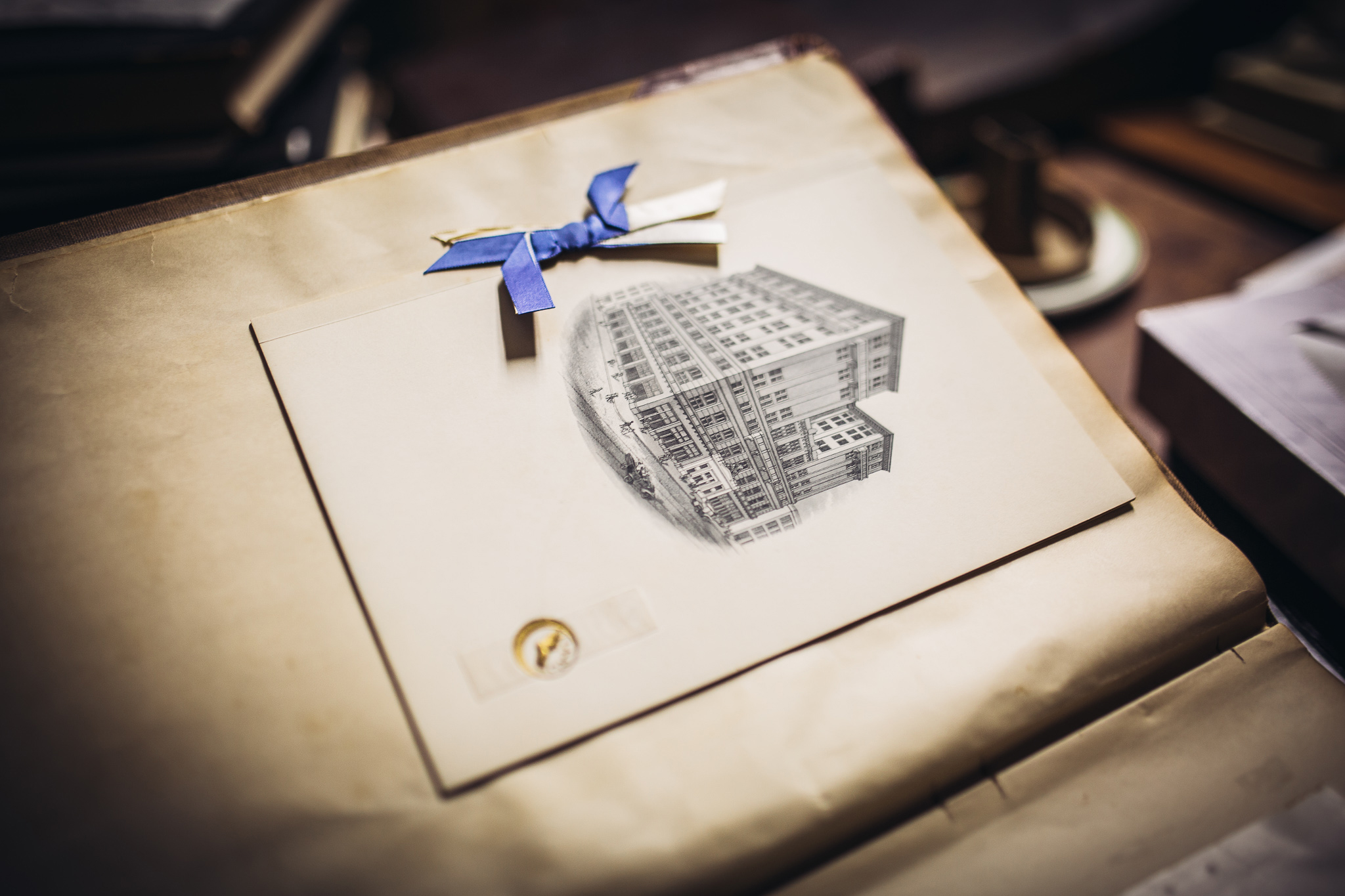
The Los Angeles Athletic Club literally grew up with Los Angeles, its membership roster reading like a “Who’s Who” of the city, with names like Chandler, Dockweiler, Doheny, O’Melveny, and Slauson. During the Golden Age of Hollywood, stars of the silver screen congregated at The Club, among them Mary Pickford, Rudolph Valentino, Douglas Fairbanks, Jr., Harold Lloyd and Johnny Weissmuller (“Tarzan”). Perhaps our best known resident was Charlie Chaplin, who lived at LAAC during his formative years and cherished the privacy it afforded. Over the years, our guests have included such luminaries as Jack London, William Randolph Hearst, and WWI Ace Eddy Rickenbacker. At a 1913 banquet held in his honor, aviation pioneer Glenn Martin was surprised to find his early biplane in the Fleet Room, being used as a dining table!
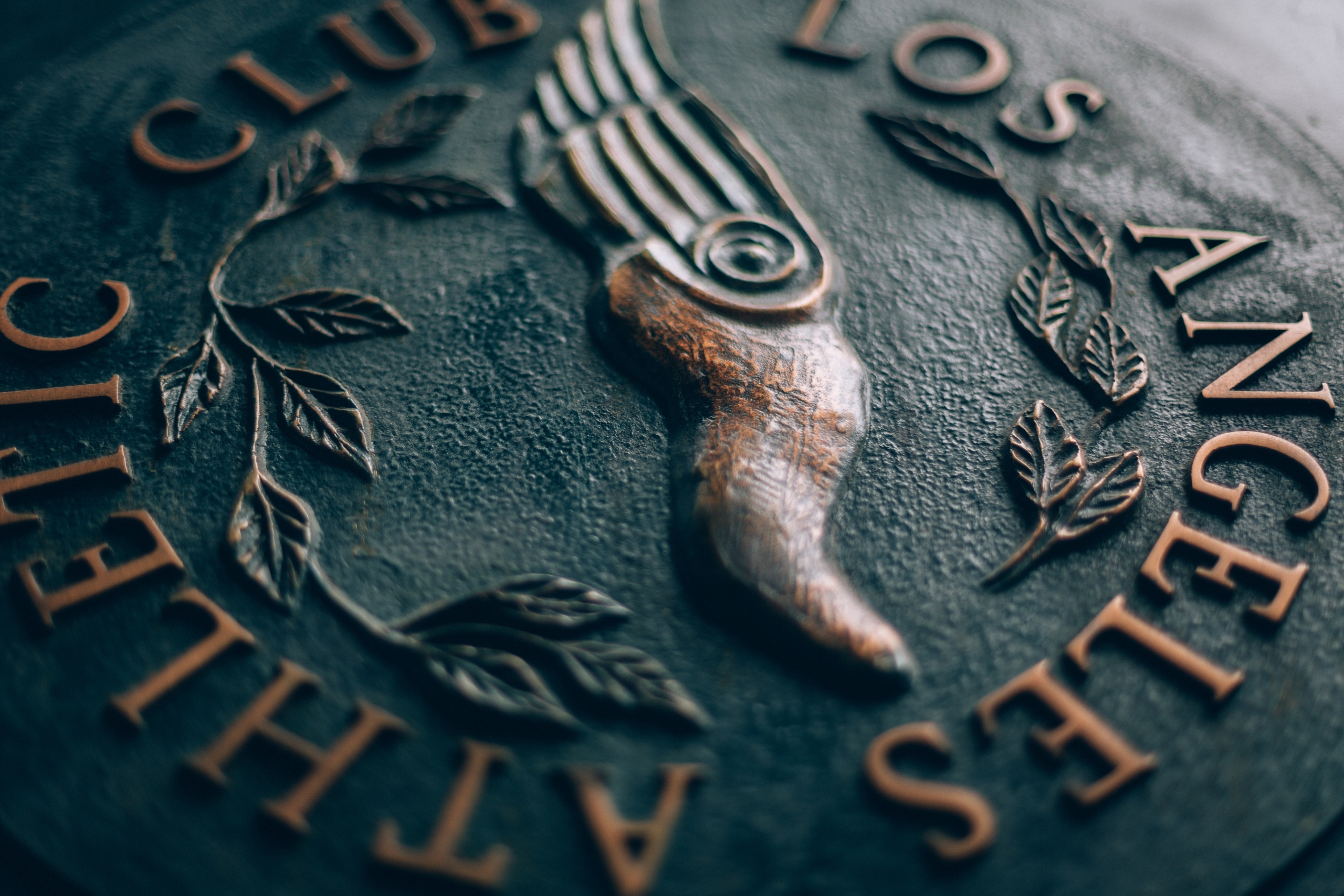
The boom of the twenties fragmented Los Angeles into a cluster of suburbs and kindled Frank Garbutt’s dream of a chain of affiliated sports facilities throughout the Southland. He envisioned yacht clubs and beach clubs along the Pacific shore, at least one golf course and country home, a gun club, and satellite town clubs, plus courtesy privileges at independent clubs across the United States and in Europe.
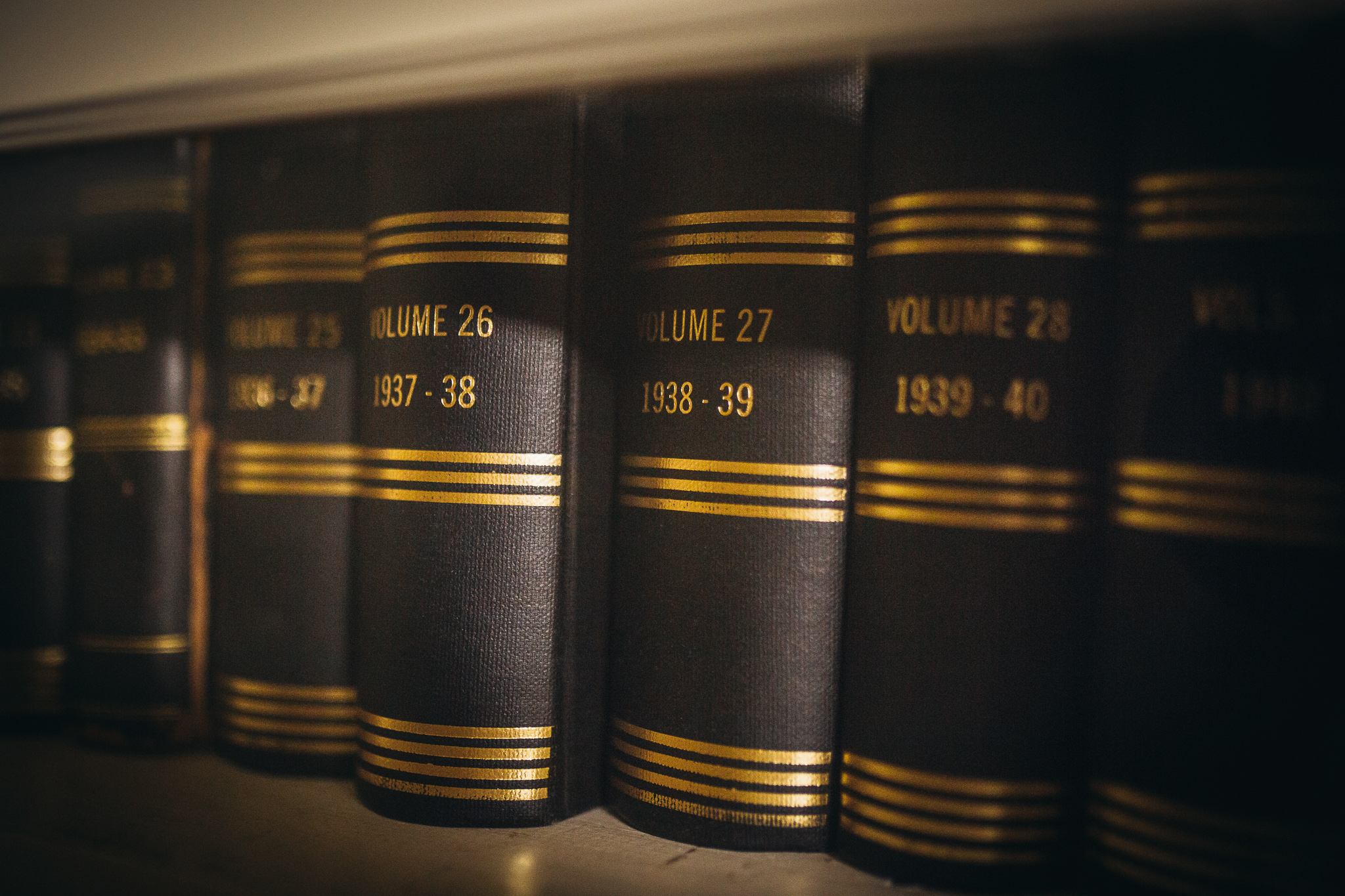
The Los Angeles Athletic Club literally grew up with Los Angeles, its membership roster reading like a “Who’s Who” of the city, with names like Chandler, Dockweiler, Doheny, O’Melveny, and Slauson. During the Golden Age of Hollywood, stars of the silver screen congregated at The Club, among them Mary Pickford, Rudolph Valentino, Douglas Fairbanks, Jr., Harold Lloyd and Johnny Weissmuller (“Tarzan”). Perhaps our best known resident was Charlie Chaplin, who lived at LAAC during his formative years and cherished the privacy it afforded. Over the years, our guests have included such luminaries as Jack London, William Randolph Hearst, and WWI Ace Eddy Rickenbacker. At a 1913 banquet held in his honor, aviation pioneer Glenn Martin was surprised to find his early biplane in the Fleet Room, being used as a dining table!
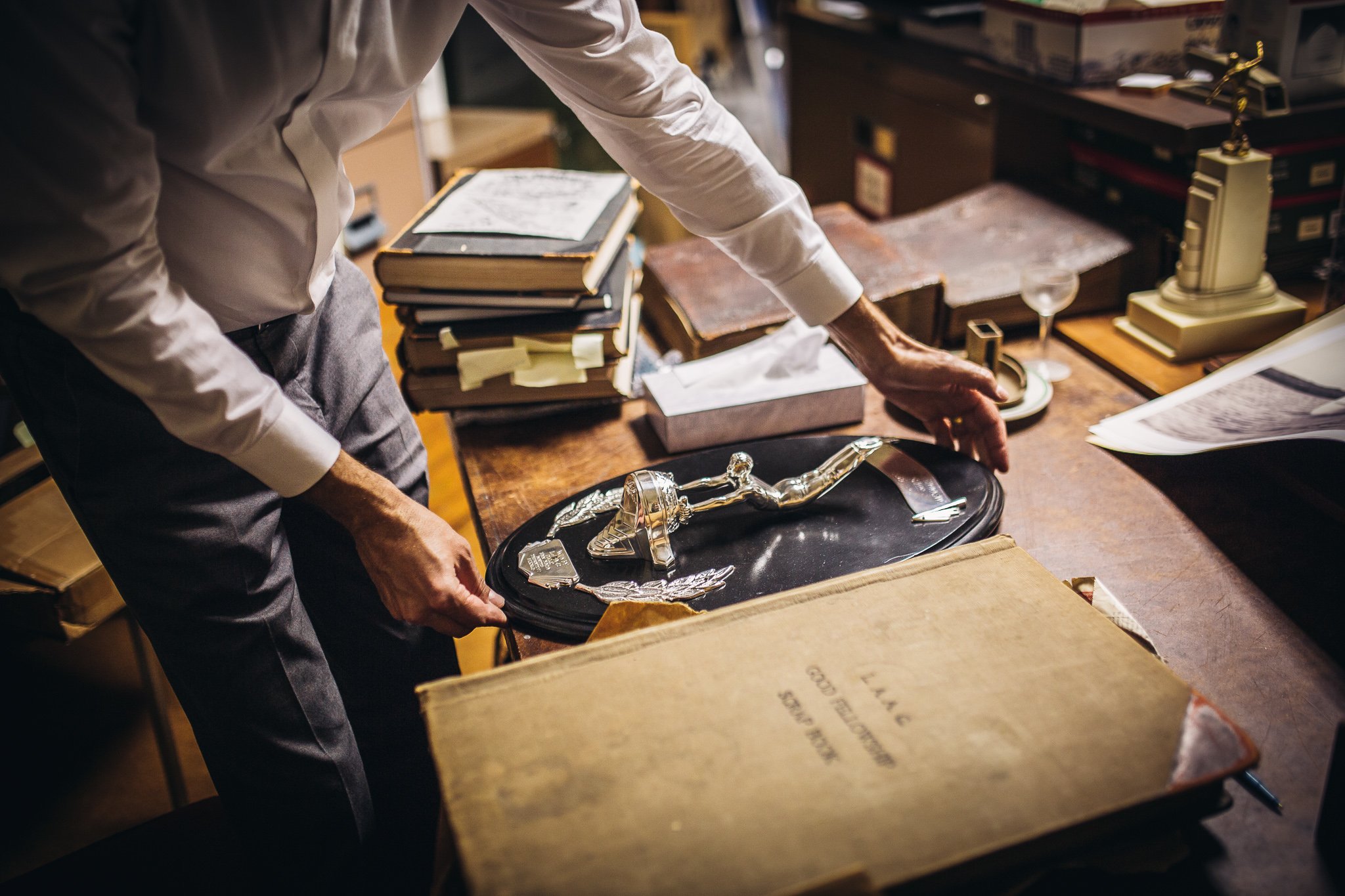
In the early fifties, the modernization of the downtown Athletic Club was well underway. The conditioning departments were renovated, and the swimming pool was replaced by two pools, one to meet AAU specifications for competitive swimming, and a second pool for training purposes. To everyone’s regret, the marble fountain, the head of Neptune, was removed. It was found to be cracked and had to be chiseled away.
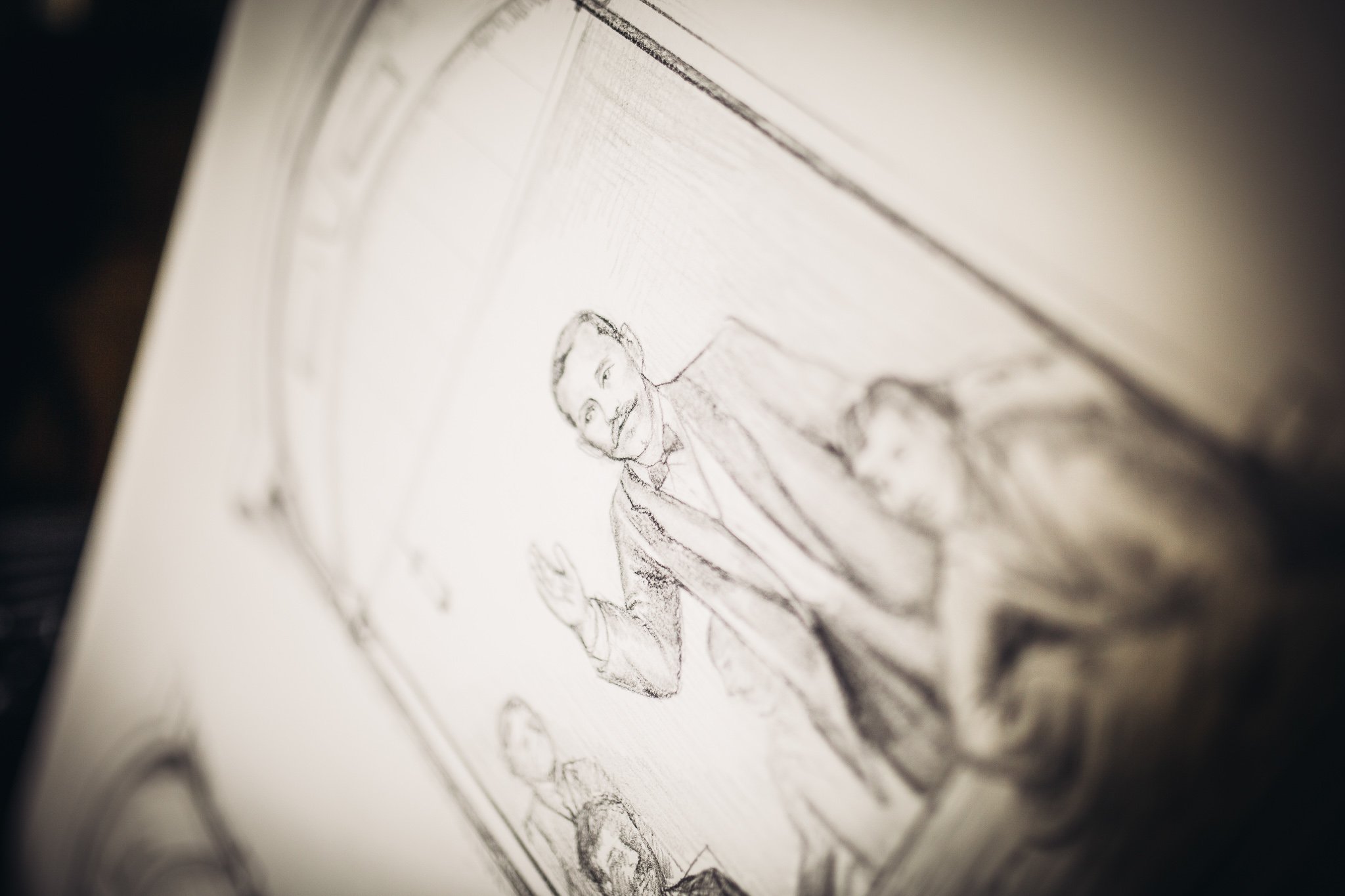
The success of the present day LAAC is due in large part to two key figures. Charles F. Hathaway, Jr. and Chairman of the Board Frank Hathaway. Both men being sensitive to the traditions of The Club also recognized the need to change with the times. In 1975, corporate structure of the four clubs was changed and given the name LAACO with Frank Hathaway Chairman and Charles Hathaway succeeding him as President.
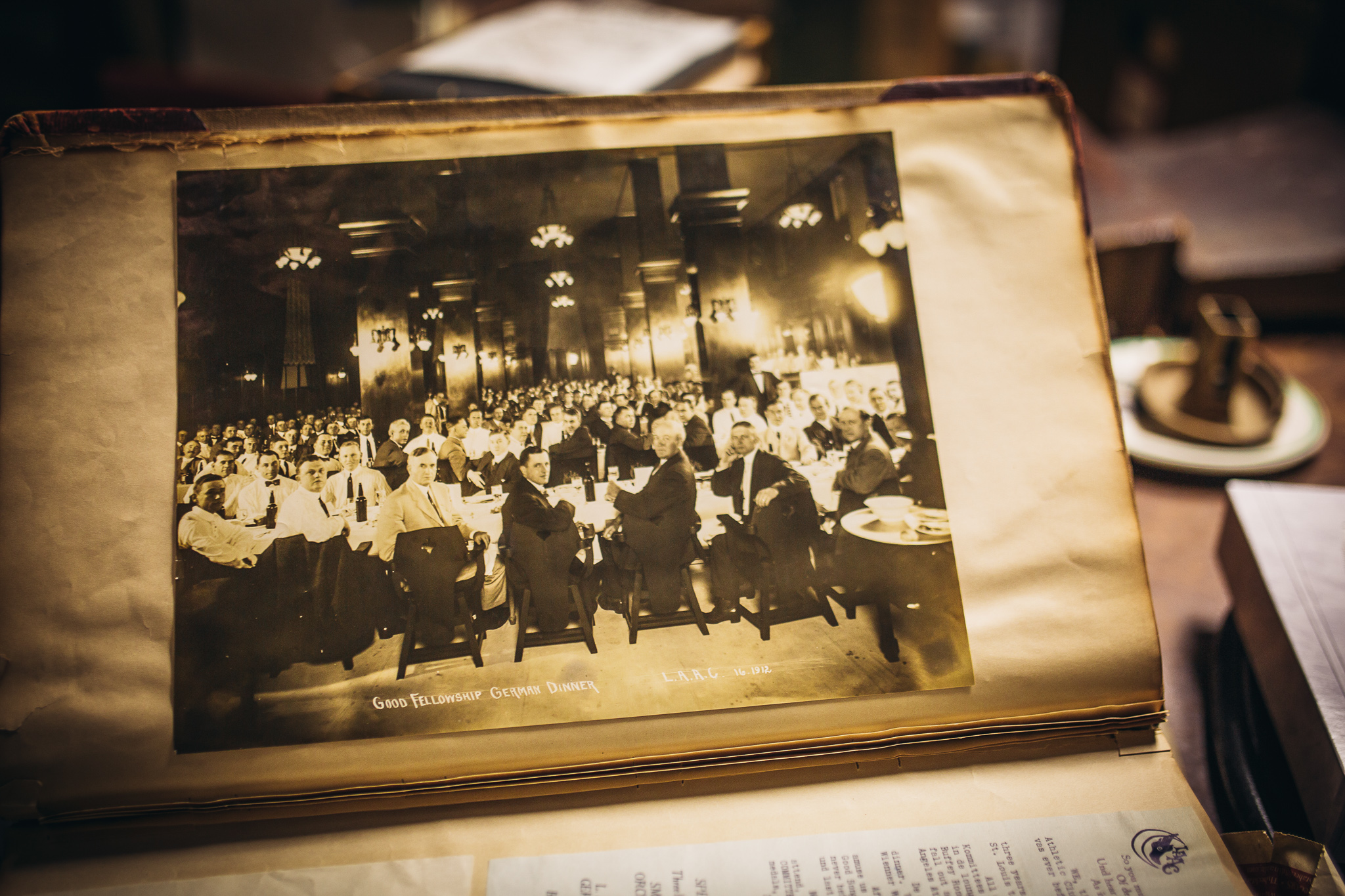
True to its tradition of amateur athletic sponsorship, LAAC revived its volleyball-training program in 1996, producing no less than four national championship teams in its first four years. LAAC also boasts the best squash program in Southern California, and was honored to host the 1998 U.S. Squash National Championships. Members can witness world class competition in their midst and take pride in knowing that they are helping to support the continuing development of the human potential through athletics.
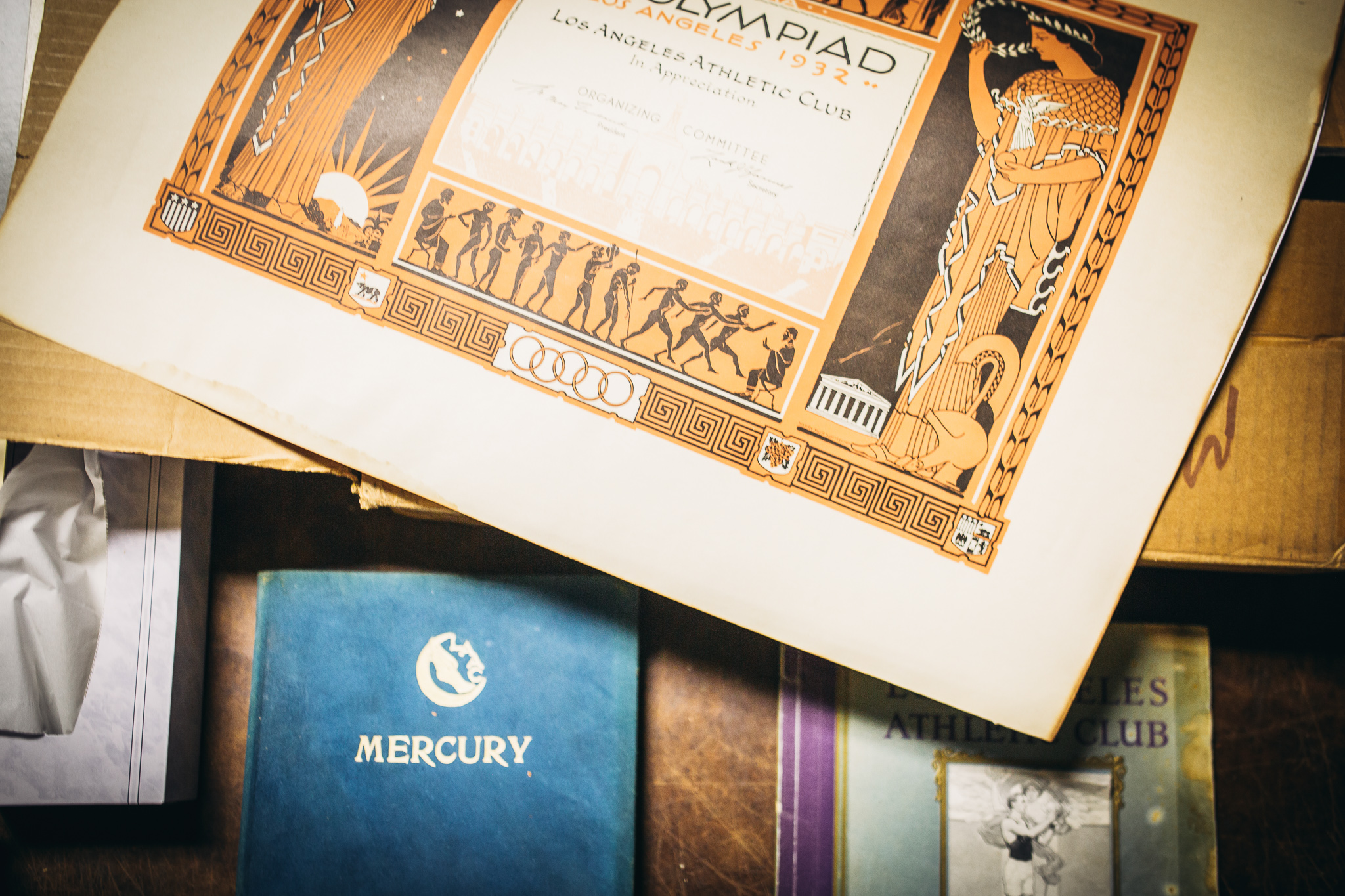
New amenities include pro-style lockers, a new spa facility, classic barbershop and salon, high-end athletic retail and even a speakeasy. Amidst a flurry of anticipation, the Los Angeles Athletic Club is beginning construction on a portion of its 125,000 square foot space. The 12-story building encompasses athletic, social, and meeting spaces, along with three floors of hotel rooms. The Club underwent a multi-million dollar interior renovation that focused primarily on the fifth and sixth floors. Updating all fitness areas with new equipment, refurnished locker rooms, spa facilities, and sports shop with a modern look.
